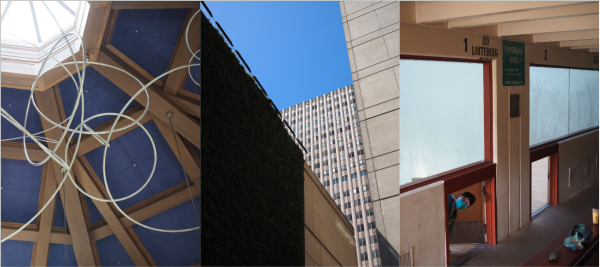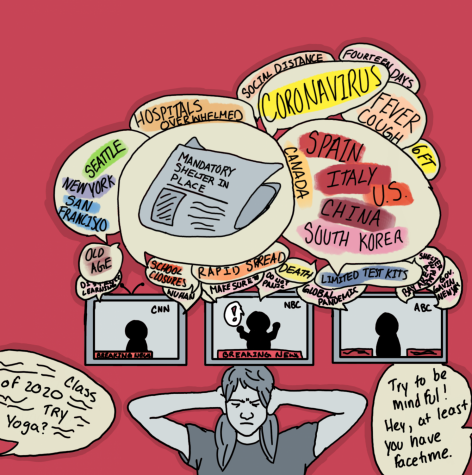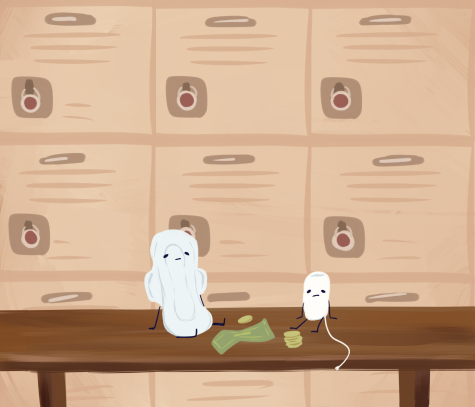Facing the future: SFUSD must prepare for continued online learning
After the San Francisco Unified School District (SFUSD) announced long-term school closures due to coronavirus, they suddenly found themselves scrambling to prepare for distance learning. They needed to identify students without access to online learning, distribute Chromebooks, connect students to internet services, and train teachers in Zoom and Google Classroom. After four weeks, they were finally able to launch a developed distance learning program on April 13.
However successful these efforts have proven thus far, they are only short-term solutions. Experts predict that there will be a second wave of coronavirus before the creation of a vaccine, meaning social distancing will continue to be the norm in the foreseeable future. Given the high likelihood that Lowell will have to return to a form of online school next year to comply with social distancing guidelines, the district needs to produce a viable long-term plan.
Although temporary internet hotspots and Chromebook loans are sufficient for student learning right now, the district must improve the quality of these resources next year. The free internet provided through Comcast that many students are relying on for remote learning is only free for two months, and the hotspots have a data limit of 10GB. This is enough for about 20 hours of video calls, after which the speed drops down to 2GB — too slow for video calls. For now, these limitations are acceptable but the consequences of bad internet access will be higher next year, when teachers start covering new material and giving tests again. Additionally, the Chromebooks were loaned and will be returned once school resumes, leaving students without devices in the event of another closure. Moving forward, the district should implement a program that provides all students in need with a Chromebook and a reliable Wi-Fi source at the beginning of the school year, based on applications attached to the yearly lunch form — not waiting for another closure but preemptively preparing for one.
The hasty professional development trainings for teachers on various online platforms has also sufficed given our current acceptance of lower academic expectations, but further training is necessary if remote learning is to continue into next school year. The training required to teach remotely for a few months when principal Dacotah Swett has already acknowledged that not all material will be covered this year is vastly insufficient compared to that required to deliver a whole year’s worth of material. Right now, it is acceptable if a teacher needs to spend ten minutes during class figuring out how to screen share on Zoom or if their pre-recorded lecture fails to load on Google Classroom. But that lost time will add up if school continues online, and these kinds of delays will not be acceptable once teachers are under pressure to cover a full year of content. Thus, an additional set of professional development days should be planned to ensure that all teachers are completely comfortable delivering curricula equivalent to any other year, just virtually.
While immediate concerns have required reactive measures, the district and the San Francisco Board of Education must begin looking ahead to avoid subpar instruction in the future. SFUSD students have already lost several weeks of instructional time this year; we don’t want to lose any more.









